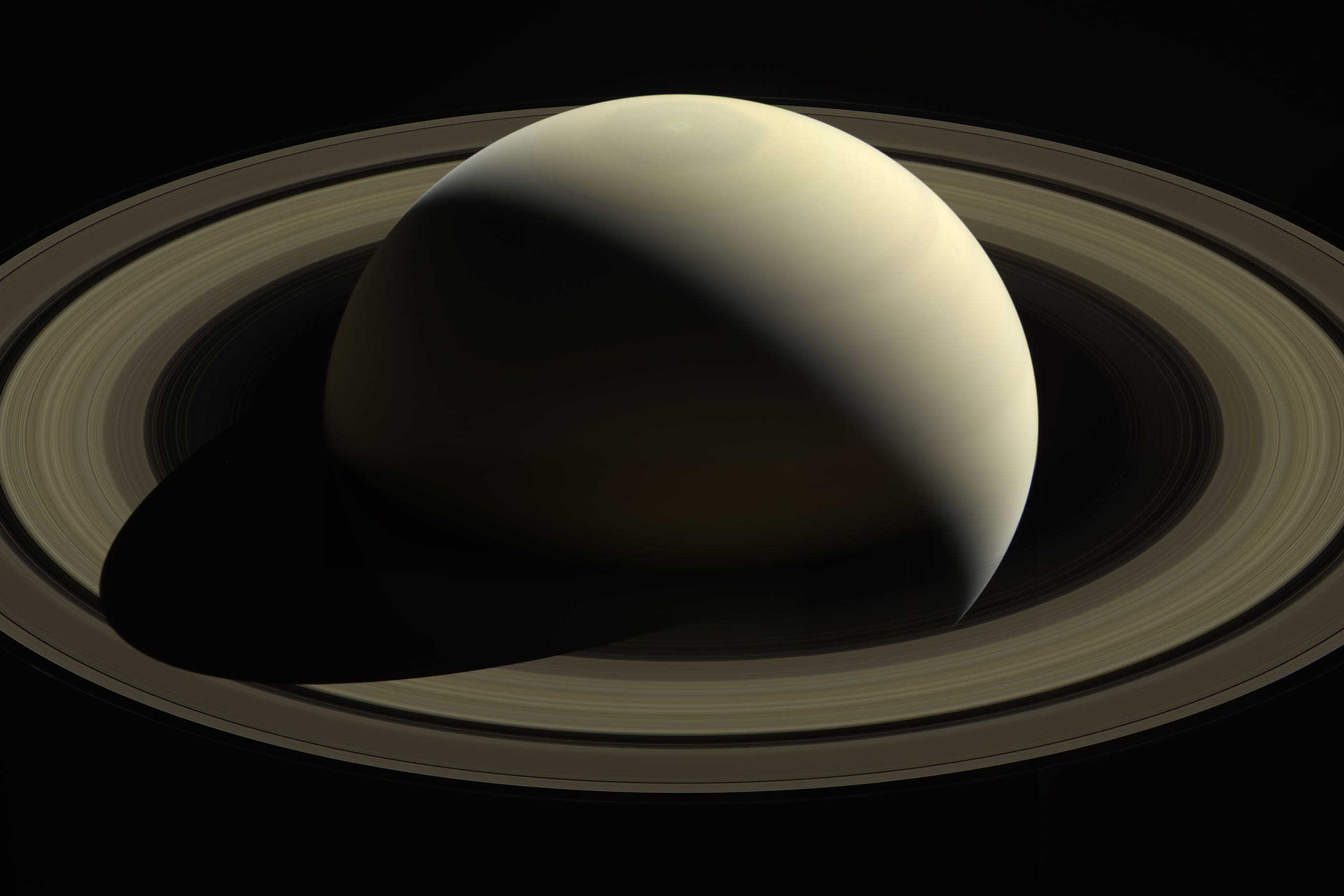Saturn’s rings are no more than 400 million years old – study
The findings come from an analysis of cosmic dust.

Your support helps us to tell the story
From reproductive rights to climate change to Big Tech, The Independent is on the ground when the story is developing. Whether it's investigating the financials of Elon Musk's pro-Trump PAC or producing our latest documentary, 'The A Word', which shines a light on the American women fighting for reproductive rights, we know how important it is to parse out the facts from the messaging.
At such a critical moment in US history, we need reporters on the ground. Your donation allows us to keep sending journalists to speak to both sides of the story.
The Independent is trusted by Americans across the entire political spectrum. And unlike many other quality news outlets, we choose not to lock Americans out of our reporting and analysis with paywalls. We believe quality journalism should be available to everyone, paid for by those who can afford it.
Your support makes all the difference.Saturn’s rings are no more than 400 million years old – much younger than the planet which formed more than four billion years ago, according to physicists.
Researchers used data gathered from Nasa spacecraft Cassini, which was destroyed via a controlled crash in 2017, studying the grains of rocky material that pass through the solar system.
This is because, sometimes, a thin layer of this cosmic dust is left behind on planetary bodies, including on the ice that makes up Saturn’s rings.
The researchers wanted to see how rapidly this dust builds up around the rings, which would then offer clues on their age – much “like telling how old a house is by running your finger along its surfaces”, according to the team.
They calculated that the rings have likely been gathering dust for only a few hundred million years.
Sascha Kempf, an associate professor in the Laboratory for Atmospheric and Space Physics at the University of Colorado Boulder in the US, said: “Think about the rings like the carpet in your house.
“If you have a clean carpet laid out, you just have to wait.
“Dust will settle on your carpet. The same is true for the rings.”
Saturn has seven rings mostly made up of countless chunks of ice, with small amounts of rocky matter.
This ice stretches nearly 175,000 miles from the planet’s surface and has a total mass that is nearly 5,000 times less massive than Earth’s moon.
First observed by Italian astronomer Galileo Galilei in 1610, the origins of Saturn’s rings have remained a mystery.
In the 1800s, Scottish physicist James Clerk Maxwell concluded that they were made up of many individual pieces rather solid, concentric ringlets.
For the study, the researchers looked at data from Cassini’s Cosmic Dust Analyser instrument.
We know approximately how old the rings are, but it doesn't solve any of our other problems. We still don't know how these rings formed in the first place
In total, they studied 163 grains flying around Saturn that had originated from beyond the planet’s close neighbourhood.
Researchers said their work, published in the journal Science Advances, is the strongest evidence yet that Saturn’s rings are “remarkably young”.
Until recently, it was thought that the rings were around 4.5 billion years old – the same age as the planet.
Prof Kempf said: “In a way, we’ve gotten closure on a question that started with James Clerk Maxwell.”
However, experts believe that these rings might already be vanishing.
Previous research from Nasa scientists reported the ice is slowly raining down onto the planet and could disappear entirely in another 100 million years.
And the origins of the rings still remain a mystery.
Prof Kempf said: “We know approximately how old the rings are, but it doesn’t solve any of our other problems.
“We still don’t know how these rings formed in the first place.”